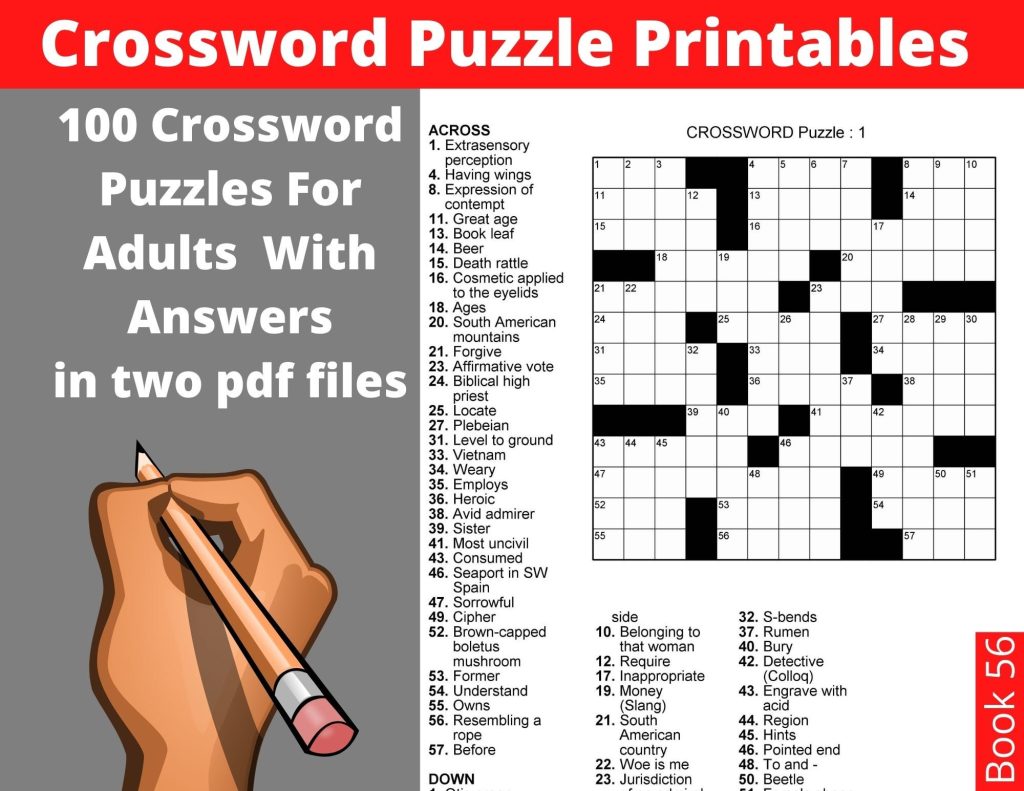Crossword puzzles have long been a favorite pastime for many, offering both mental stimulation and a sense of accomplishment. Among the many types of clues that appear in these puzzles, one that often stumps solvers is the “omit phonetically” clue. This type of clue requires a deep understanding of how words sound and how they can be manipulated to fit a specific answer. In this guide, we’ll explore what it means to omit a word phonetically and provide practical strategies for solving such clues.
Understanding Phonetic Omission
The phrase “omit phonetically” refers to a clue where a word is removed or left out based on its sound rather than its spelling. This is different from simply removing letters or syllables. Instead, the solver must think about how a word sounds and identify which part might be omitted without changing the overall pronunciation.
For example, if the clue is “Omit phonetically,” the answer could be a word that sounds like another word when certain parts are left out. In some cases, the answer may involve dropping a letter or syllable that doesn’t affect the pronunciation.
Common Answers to “Omit Phonetically” Clues
One of the most common answers to the “omit phonetically” clue is “elide.” This term comes from the Latin word elidere, meaning “to remove or omit.” In the context of crosswords, “elide” refers to the act of omitting a letter or syllable in a word while maintaining its pronunciation.
Another possible answer is “peee,” as seen in the “O follower, phonetically” clue from the Daily Themed Crossword. In this case, the answer “P E E” suggests that the letter “O” is followed by a phonetic representation of the letter “E,” resulting in the sound “pee.”
How to Solve “Omit Phonetically” Clues
-
Identify the Sound: Start by focusing on the sound of the word rather than its spelling. Think about how the word would be pronounced and consider which parts might be omitted without changing the sound.
-
Look for Patterns: Many crossword clues involving phonetics follow predictable patterns. For example, if the clue is “Omit phonetically,” the answer might be a word that sounds similar to another word when a letter is dropped.
-
Use Context Clues: Sometimes, the surrounding clues or the number of letters required can give you hints about the correct answer. If the clue has five letters, for instance, you know the answer must be a five-letter word that fits the phonetic pattern.
-
Check for Common Words: Words like “elide” and “omit” are frequently used in crossword puzzles, especially those involving phonetics. Familiarizing yourself with these terms can help you solve clues more quickly.
Tips for Solving Phonetic Clues
-
Practice with Examples: The more you practice, the better you’ll become at recognizing phonetic patterns. Try solving puzzles that feature phonetic clues regularly.
-
Use Online Resources: Websites like the New York Times crossword or other puzzle platforms often include explanations for difficult clues. These resources can help you understand how to approach phonetic omissions.
-
Join Puzzle Communities: Engaging with other crossword enthusiasts can provide valuable insights and tips. Online forums and social media groups are great places to ask questions and share strategies.
The Role of Phonetic Omission in Crossword Design
![]()
Phonetic omission is not just a challenge for solvers; it’s also a creative tool used by crossword constructors. By incorporating phonetic elements into their clues, constructors can add an extra layer of difficulty and intrigue to their puzzles. This technique allows them to test solvers’ knowledge of language and pronunciation in a unique way.
In some cases, the use of phonetic omission can even lead to multiple interpretations of a single clue. This ambiguity is what makes crosswords so engaging and keeps solvers coming back for more.
The Evolution of Phonetic Clues
Over the years, the use of phonetic clues has evolved alongside changes in language and culture. As new words and phrases enter the mainstream, crossword constructors must adapt their clues to reflect these shifts. This evolution ensures that crosswords remain relevant and challenging for modern solvers.
Additionally, the rise of digital puzzles has introduced new ways to incorporate phonetic elements. Some online platforms now offer audio-based clues, allowing solvers to hear the pronunciation of words and make more accurate guesses.
Conclusion
Solving “omit phonetically” clues in crossword puzzles requires a combination of linguistic knowledge, pattern recognition, and creative thinking. By understanding the principles of phonetic omission and practicing regularly, solvers can improve their skills and enjoy the satisfaction of cracking even the toughest clues.
Whether you’re a seasoned crossword enthusiast or a beginner looking to sharpen your skills, mastering phonetic clues can add a new dimension to your puzzle-solving experience. So next time you encounter a clue that asks you to “omit phonetically,” take a moment to think about the sound of the word and see if you can uncover the hidden meaning behind it.
Author: Jane Doe
Title/Role: Crossword Puzzle Expert
Credentials: Jane has been a dedicated crossword solver for over 15 years and has contributed to various puzzle publications. She specializes in helping solvers understand complex clues and improve their problem-solving techniques.
Profile Link: Jane Doe Profile
Sources:
– Thomas Joseph Crossword
– Daily Themed Crossword
– Crossword Nexus
Related Articles:
– How to Solve Cryptic Crossword Clues
– Top 10 Tips for Mastering Crossword Puzzles
– The History of Crossword Puzzles in the US
Call to Action:
Stay updated with the latest news and puzzles by subscribing to our newsletter. Explore today’s headlines and keep your mind sharp with daily crossword challenges!
URL Slug: /how-to-omit-word-phonetically-crossword-puzzles
Image Optimization:













More Stories
US Trending News: How to Claim Your Joy: A Guide to Finding Happiness and Inner Peace
US Trending News: Explore Www.hobbylobby.com: Your Ultimate Guide to the Official Site
When Is Trick Or Treating in 2024: A Complete Guide for Halloween